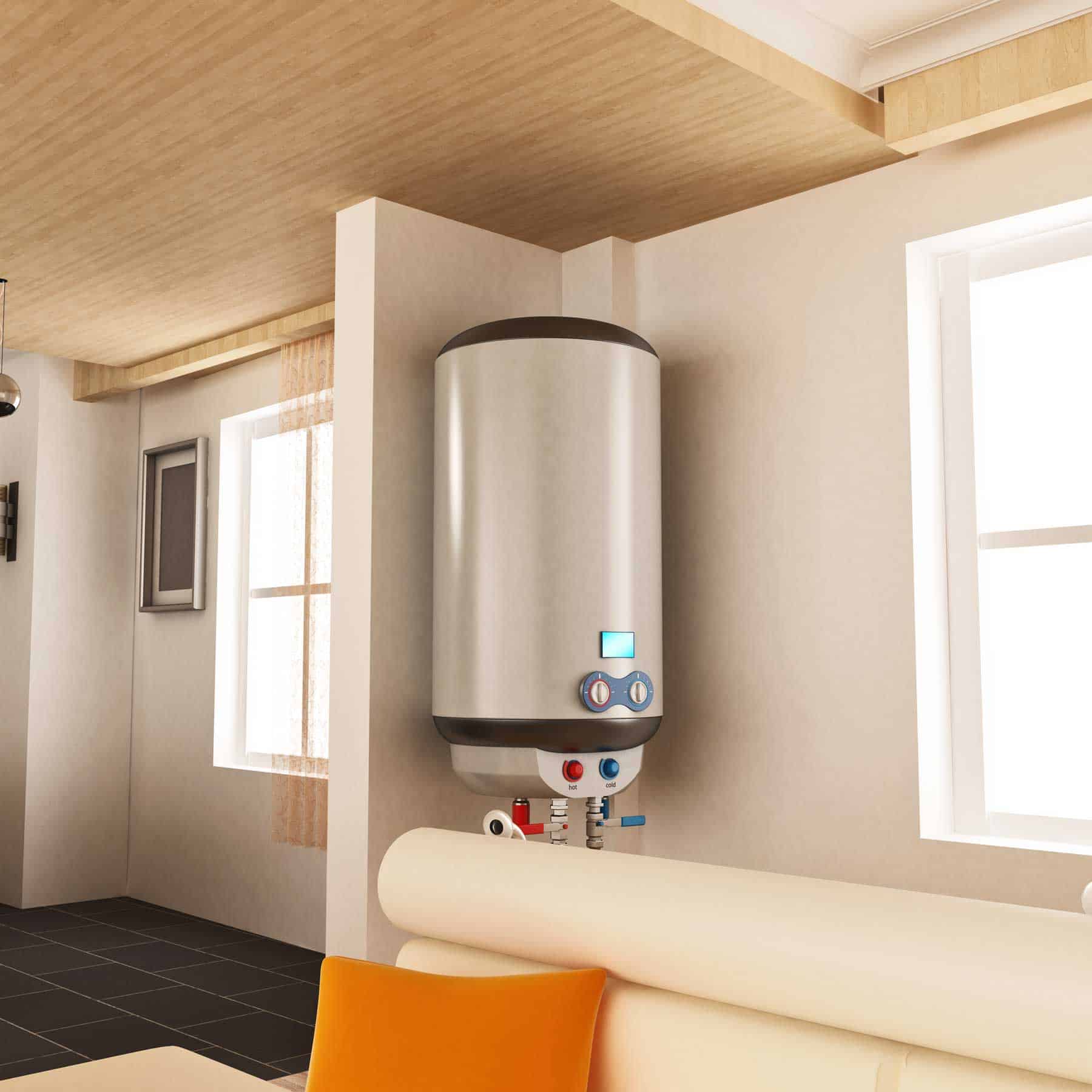Professional Advice for Caring for Your Home's Hot Water SystemEffective Strategies for Maintaining Your Home's Hot Water System
Professional Advice for Caring for Your Home's Hot Water SystemEffective Strategies for Maintaining Your Home's Hot Water System
Blog Article
How do you feel when it comes to Water Heater Maintenance Tips You Can't Afford to Forget?

Hot water is crucial for everyday comfort, whether it's for a revitalizing shower or washing recipes. To ensure your warm water system runs efficiently and lasts longer, normal maintenance is vital. This short article supplies practical ideas and understandings on exactly how to keep your home's hot water system to prevent disruptions and costly fixings.
Intro
Keeping your home's warm water system may appear daunting, but with a couple of easy actions, you can ensure it runs smoothly for many years ahead. This guide covers every little thing from understanding your hot water system to do it yourself maintenance tips and understanding when to hire expert aid.
Importance of Preserving Your Warm Water System
Regular upkeep not just extends the life expectancy of your hot water system yet also guarantees it operates successfully. Overlooking maintenance can bring about lowered effectiveness, greater energy costs, and even early failure of the system.
Indications Your Warm Water System Needs Upkeep
Recognizing when your hot water system requires attention can stop significant concerns. Keep an eye out for signs such as irregular water temperature level, unusual sounds from the heating system, or rusty water.
Understanding Your Hot Water System
Prior to diving right into upkeep jobs, it's useful to comprehend the fundamental parts of your warm water system. Typically, this consists of the water heater itself, pipes, anode rods, and temperature controls.
Regular Monthly Upkeep Tasks
Routine month-to-month checks can aid capture small issues before they rise.
Purging the Water Heater
Flushing your hot water heater gets rid of sediment build-up, improving performance and lengthening its life.
Checking and Replacing Anode Rods
Anode rods prevent corrosion inside the tank. Inspecting and replacing them when worn out is essential.
Examining and Adjusting Temperature Settings
Adjusting the temperature setups guarantees optimum efficiency and security.
DIY Tips for Upkeep
You can do numerous upkeep jobs yourself to keep your hot water system in top condition.
Checking for Leaks
Consistently inspect pipes and links for leakages, as these can lead to water damage and greater costs.
Checking Pressure Alleviation Valves
Examining the stress relief valve ensures it functions properly and prevents excessive stress buildup.
Shielding Pipelines
Protecting warm water pipes lowers warmth loss and can conserve energy.
When to Call a Specialist
While do it yourself maintenance is advantageous, some issues call for expert competence.
Complex Concerns Needing Specialist Assistance
Examples consist of significant leaks, electric issues, or if your hot water heater is regularly underperforming.
Regular Expert Maintenance Perks
Expert upkeep can consist of extensive inspections, tune-ups, and making certain compliance with security criteria.
Conclusion
Normal maintenance of your home's hot water system is necessary for performance, durability, and cost financial savings. By complying with these tips and understanding when to look for professional aid, you can make certain a trustworthy supply of warm water without unforeseen interruptions.
Water Heater Maintenance: The Basics
Maintaining your water heater will ensure it operates efficiently and has a longer lifespan. Neglecting regular maintenance can lead to costly repairs and an even bigger chunk of your savings if you have to replace it sooner than necessary. But there’s good news: Most water heater maintenance tasks are relatively simple and easy for homeowners with basic DIY skills.
Flush the Water Heater
Over time, sediment and minerals can build up in the tank, reducing its efficiency and potentially causing damage. To flush the tank, turn off the power or gas supply, attach a hose to the drain valve near the bottom and open the valve to drain the water until it runs clear. Ideally, flush the tank annually.
Replace the Anode Rod
The anode rod is a sacrificial metal rod that helps prevent corrosion inside the tank. Inspect and replace it every three to five years or per the manufacturer's recommendation. To replace the anode rod, turn off the power or gas supply, drain a few gallons of water from the tank, unscrew the old rod and replace it with a new one. If the anode rod is significantly corroded or covered in calcium buildup, it's a sign the water heater may need to be replaced soon.
Tune-Up
A yearly tune-up can help identify potential issues and ensure your water heater operates at peak efficiency. This typically involves checking the thermostat, burner assembly (for gas heaters) and any other components specified by the manufacturer. During a tune-up, the technician may also clean the burner and adjust the pilot light (for gas heaters) or examine the heating elements (for electric heaters).
How to Maintain Your Water Heater
Insulate the tank. Insulating the tank can improve energy efficiency and reduce heat loss, saving you money on energy bills. You can purchase precut insulation blankets designed specifically for water heaters or use standard fiberglass insulation wrapped securely around the tank. Check the temperature. The recommended water temperature for most households is around 120 degrees Fahrenheit (49 degrees Celsius). Higher temperatures can increase energy costs and potentially cause scalding. Use a kitchen thermometer to check the temperature at the faucet nearest the water heater. Monitor water pressure. Excessive water pressure can strain the water heater and cause leaks or even tank failure. Install a pressure-reducing valve if necessary. The ideal water pressure range is between 60 and 70 PSI (pounds per square inch). Test the temperature and pressure (T&P) relief valve. The T&P relief valve is a safety feature that releases pressure if the tank gets too hot or the pressure builds up too high. Test it annually by lifting the lever and allowing a small amount of water to release. Replace the valve if it doesn't release water or reseal properly. Check for leaks. Regularly inspect the tank, pipes and fittings for leaks or corrosion. Deal with issues promptly to prevent further damage. Even a small leak can lead to significant water damage over time. Consider a tankless water heater. If your traditional tank-style water heater is nearing the end of its lifespan ( typically 10 years), consider replacing it with a tankless water heater. These units heat water on demand, reducing standby energy losses and potentially saving you money on your energy bills. Schedule professional maintenance. While homeowners can perform many water heater maintenance tasks, it's still a good idea to schedule professional maintenance every few years. A plumber or HVAC technician can thoroughly inspect the unit, identify potential issues and ensure it operates safely and efficiently. https://www.homeserve.com/en-us/blog/home-improvement/hot-water-heater-maintanence/

We had been shown that write-up on What Kind of Maintenance Do Water Heaters Need? from a good friend on a different website. Do you know about another person who is occupied with the topic? Feel free to share it. We thank you for your readership.
Get Started Report this page